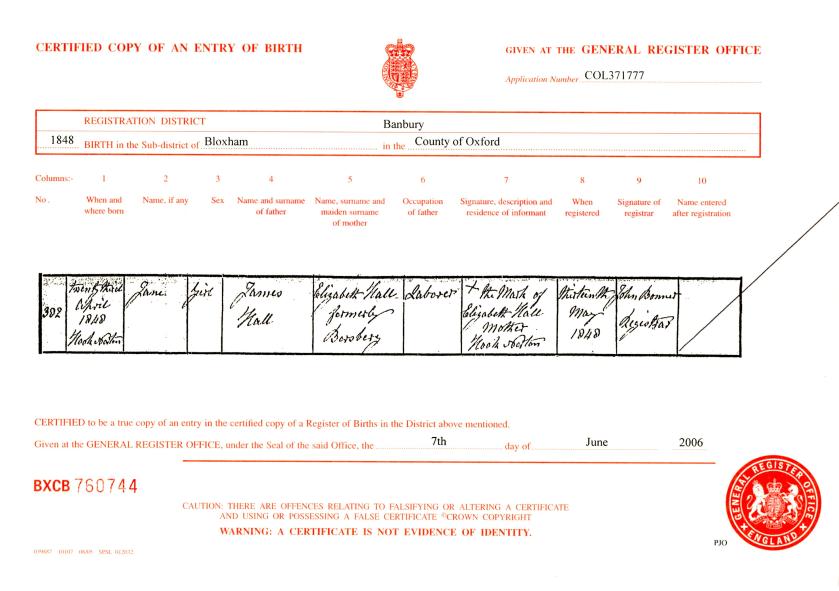Each year in November we take time to remember. Armistice Day, the 11 November 1918 was the day hostilities ended at 11:00am in World War 1.However it was June 1919 before the Peace Treaties were signed. After the Second World War we started to remember those who had died on Remembrance Sunday, the second Sunday of November. It is then people’s thoughts turned to loved ones lost in the two conflicts. Of course today we think of all the brave men and women who have given their lives in conflicts all around the globe.

One young man who lost his life in World War 1 was my Great Uncle Lawrence Percy Grey. This is his story.
Lawrence Percy Grey was my paternal Grandfather’s brother. Born in Kensworth, Hertfordshire in 1888. He was baptised in Kensworth on 4 August 1889. His parents Ellis John Grey and Jane Grey nee Hall were running the Red Lion Pub at the time of his birth. He had 5 older sisters and 2 older brothers. His mother would go on to have another boy and girl after Lawrence’s birth.
When Lawrence is just 9 years old his mother dies of breast cancer. The family had already left Kensworth and moved to Hook Norton, in Oxfordshire where his mother’s family came from. It must have been awful for the family as some of the children were still so young. Three of his sisters were married when his mother died and by the 1901 census there is just Lawrence aged 14 and his older brother Ellis John living with their father. Ellis John senior is a Farmer and the two boys are working with him, Ellis junior being a Carter on the farm and Lawrence a Plough boy. The rest of his siblings are back in Hertfordshire apart from my Grandfather James and sister Annie who are both living in Hook Norton.
In 1907 when Lawrence was just 20 his father died. The 1911 census included records of overseas military establishments and I found Lawrence with the Oxfordshire and Buckinghamshire Light Infantry, 1st Battalion in India.He was a Private aged 22. The Battalion had moved out to India in 1903 and was to stay there until the outbreak of World War 1 in 1914. So it seems at some point, possibly after the death of his father, Lawrence had decided to become a career soldier.
During the 1st World War the British relied on oil to keep its Navy afloat. Mesopotamia (current day Iraq) was important for that reason. It was part of the Turkish Ottoman empire. The Turkish army was run by German advisors, so the British army was sent here in 1914 to protect the oil supply lines. They captured Basra in November 1914. In India, Lawrence’s battalion was under the command of the 17th Indian Brigade of 6th Poona Division. They left for Mesopotamia on 23 November 1914.
On arriving the 6th Poona Division started making advances away from Basra towards Baghdad but their supply line was very thinly stretched behind them. By the time they reached Kut al Amara they were already 600km from the sea. Although some concern was raised that the supply line should be strengthened before they advanced further, the order to carry on towards Baghdad was given. Unfortunately on reaching Ctesiphon in November 1915, the British suffered a terrible defeat sustaining some 4,500 casualties. They were forced to retreat to Kut al Amara where they were under seige from early December 1915 to the end of April 1916.

One just can’t imagine what conditions would have been like. They would have many injured men with them and they would have inadequate medical supplies. Food would be scarce and disease would be rife. Attempts were made to reach them and send in supplies but all failed. It is hardly surprising that men would die of ‘natural causes’ in these conditions. Around 1,750 men would die from injuries, disease or starvation during the siege. Lawrence Percy Grey was one of those men. He would not see the Anglo-Indian troops taken prisoner. The siege ended on the 29 April 1916, Lawrence had died on 16 April 1916.

On the 13 July 1916 Lawrence is Mentioned in Dispatches and on 12 December 1917 he was posthumously awarded the Distinguished Conduct Medal. Research at this time is still on going as to why this was awarded. He is buried in the Kut War Cemetery, Iraq, Plot 1 Row E Grave 14. The Cemetery was renovated in 2014 by the War Graves Commission.

Photo of Kut War Cemetery photo from the Commonwealth War Graves Commission www.cwgc.org
Newspaper extract copyright Johnston Press plc. Image created courtesy of THE BRITISH LIBRARY BOARD. Taken from the website www.britishnewspaperarchives.co.uk













